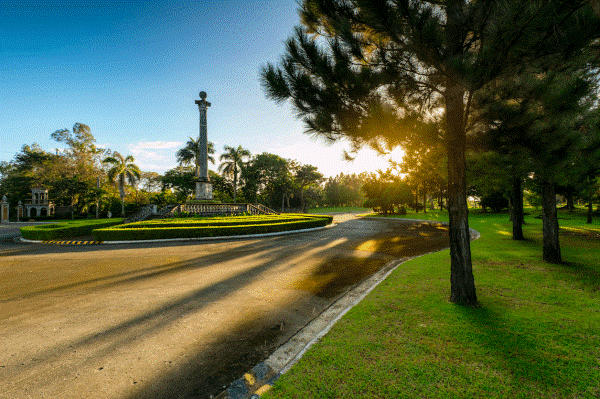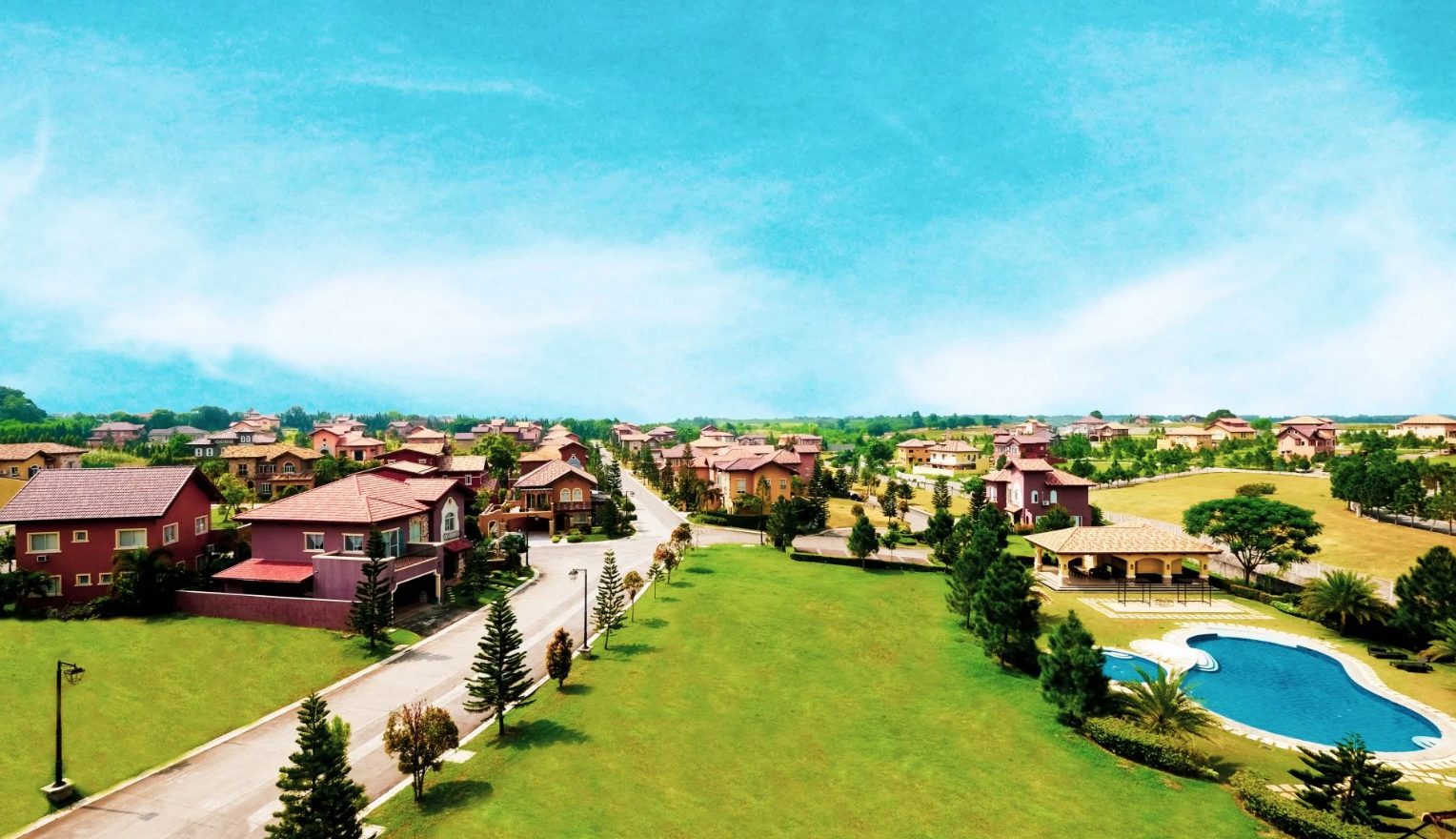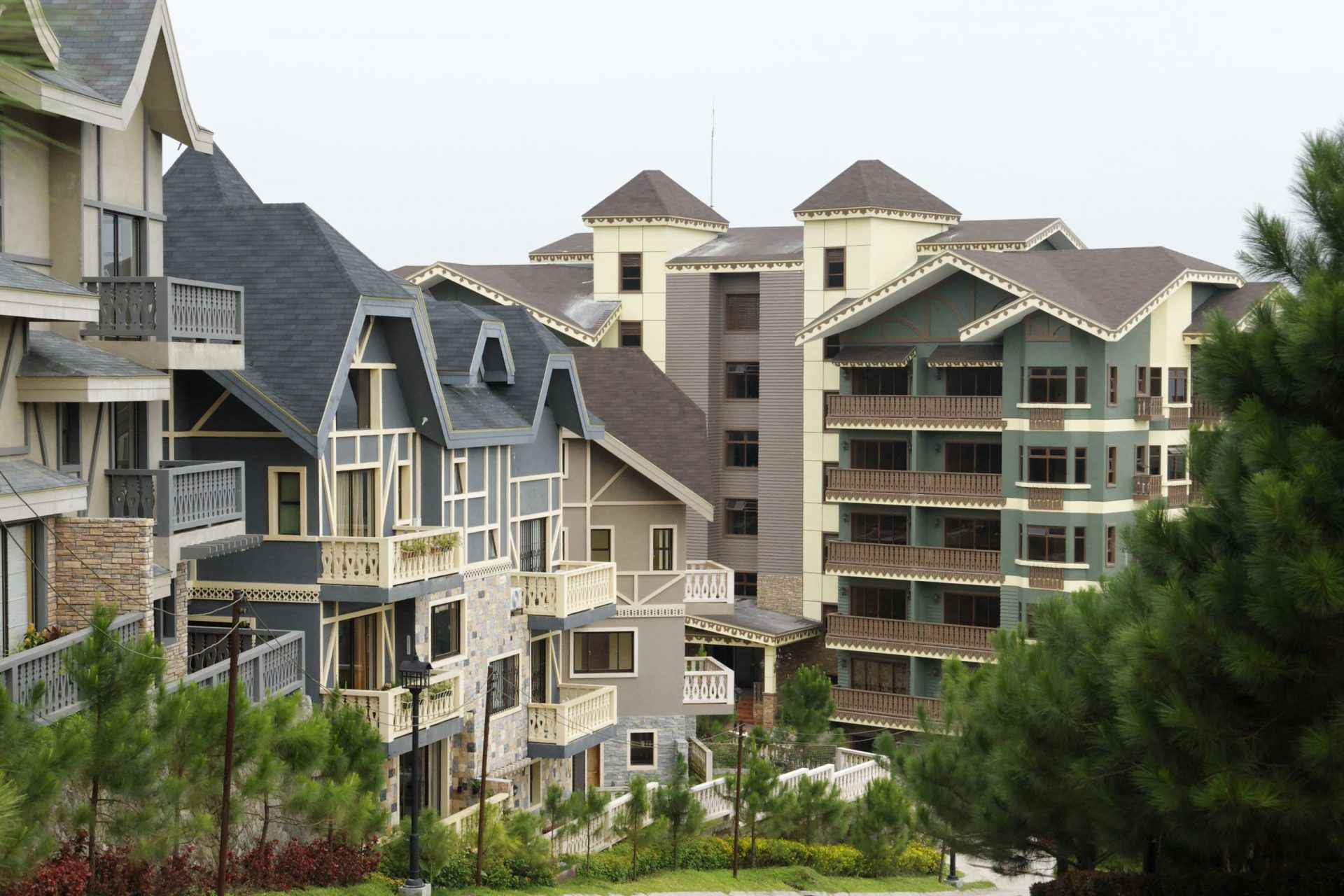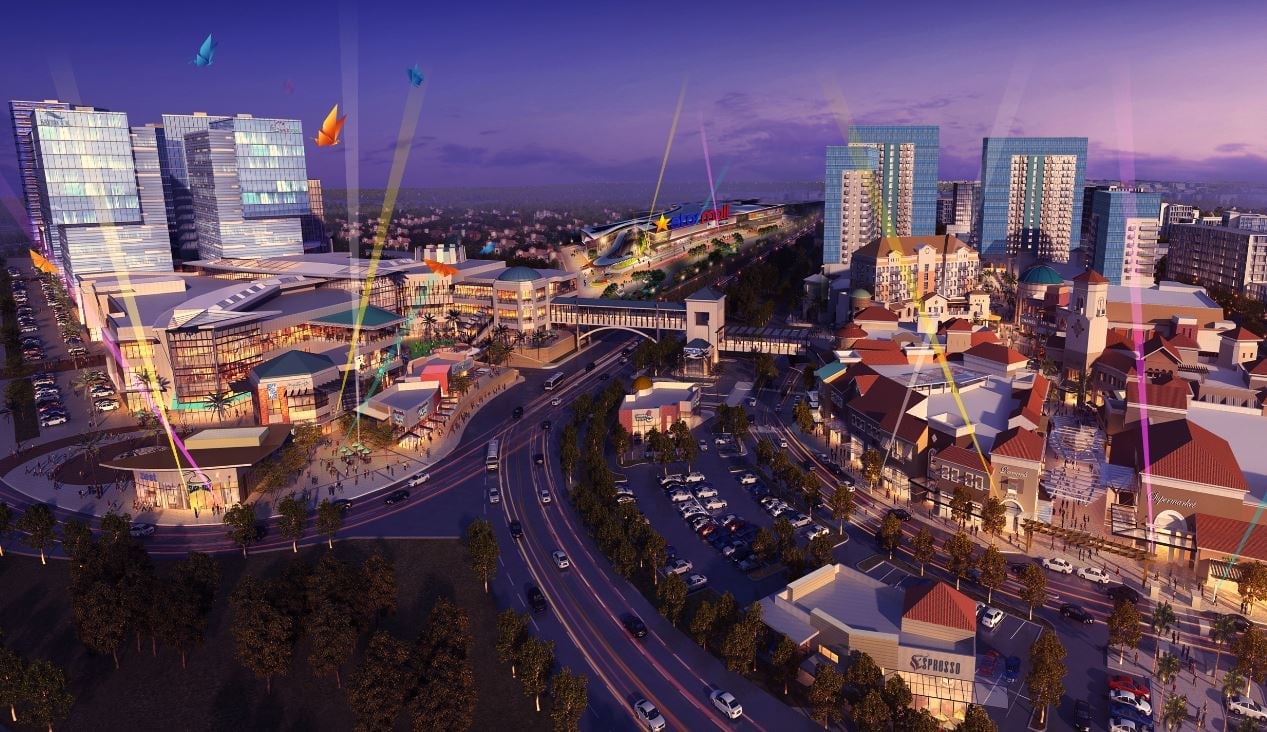BLOGS
Solar Panels in the Philippines: Price and Installation Process
One of the top complaints from every household these days is the ever-increasing prices of utilities—one of which is the electricity bill. The tropical weather in the Philippines, mostly hot except for occasional rainy days caused by many typhoons, increases the need for electricity to cool down and be comfortable. At this point, it is already a basic necessity to survive the weather in the Philippines.
A few months ago, the record-breaking summer heat in the Philippines caused a surge in power demand, which in turn caused the electricity bills to soar to lavish heights. This dilemma, which is expected to worsen in the coming years, is opening doors for alternative ways for people to have access to electricity that will incur the least cost. One of the most popular options is to install solar panels to make use of renewable energy—in this case, solar power—to help manage utility costs in the home. The spike in electricity costs presents an opportunity to introduce cost-competitive solar power systems in the country.
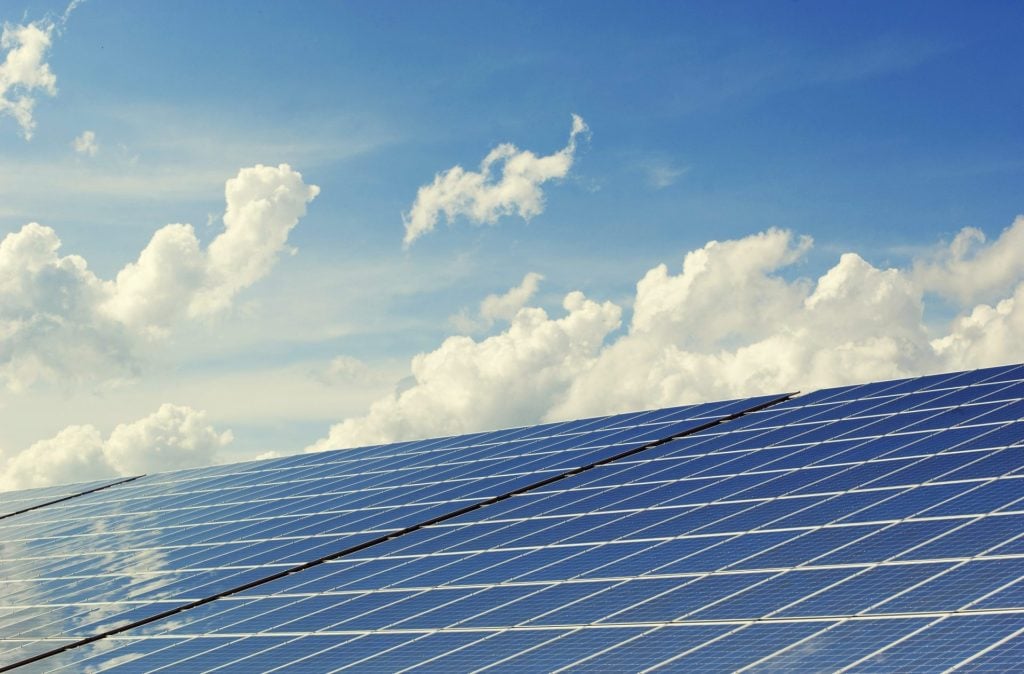
The Use of Solar Panels: An Overview
Adopting the use of solar energy will surely be a game changer in the Philippines. Currently, utility companies are not yet offering this option on a wider scale. This is why many resourceful individuals are forced to explore the solar panel installation process on their own. While there are small solar companies offering services related to the use of solar panels, it is not yet enough for the majority to make the switch.
While the access to it is not yet affordable for most people, the use of a solar power system has proven to be a worthy investment with tons of long-term benefits. Of course, the top being among the exponential amount of savings on electricity bills. However, the hard truth is that a household must first shell out a huge amount to cover the hardware and installation costs for the time being.
What Are Solar Panels and How It Works
Solar panels are being used to harness energy from the sun and convert it into power. These panels that make up the solar power system are mostly made of semiconductor material such as silicon, which is then placed on a metal frame with glass case enclosing.
This part involves a lot of science but to briefly explain the process, the solar panels produce electricity charge when exposed to photons which create a direct current (DC). An inverter which is part of the solar power system will convert the DC electricity into alternating current (AC) which is the type of current used to run all the appliances and other electrical equipment in one’s household. An array of solar modules are used to power bigger entities such as buildings.
A solar power system, once installed, is said to last up to 20 years. A household might be spending out a huge amount for the installation costs but considering the savings in the long run, it is a really good investment for one’s home.
The Advantages of Using of Solar Power
Still contemplating whether to make a switch to a solar-powered home? Here are some of the pros that just might be the deciding factor you need to know about the use of solar panels.
Long-Term Cost-Efficiency and Savings
Solar panel systems generate their own power. Once this system is installed on one’s roof, there will definitely be minimal or even zero electricity charges to be billed. If a household is suffering from high monthly electricity bill, switching to the use of solar energy will yield greater savings. The solar panel cost may be steep upfront, but getting one’s money’s worth is most likely to happen.
In the Philippines, there is an abundant supply of solar energy due to mostly sunny days throughout the year. On summer days when the demand for electricity skyrockets, the use of solar power will prove useful to avoid unwanted charges to pay each month.
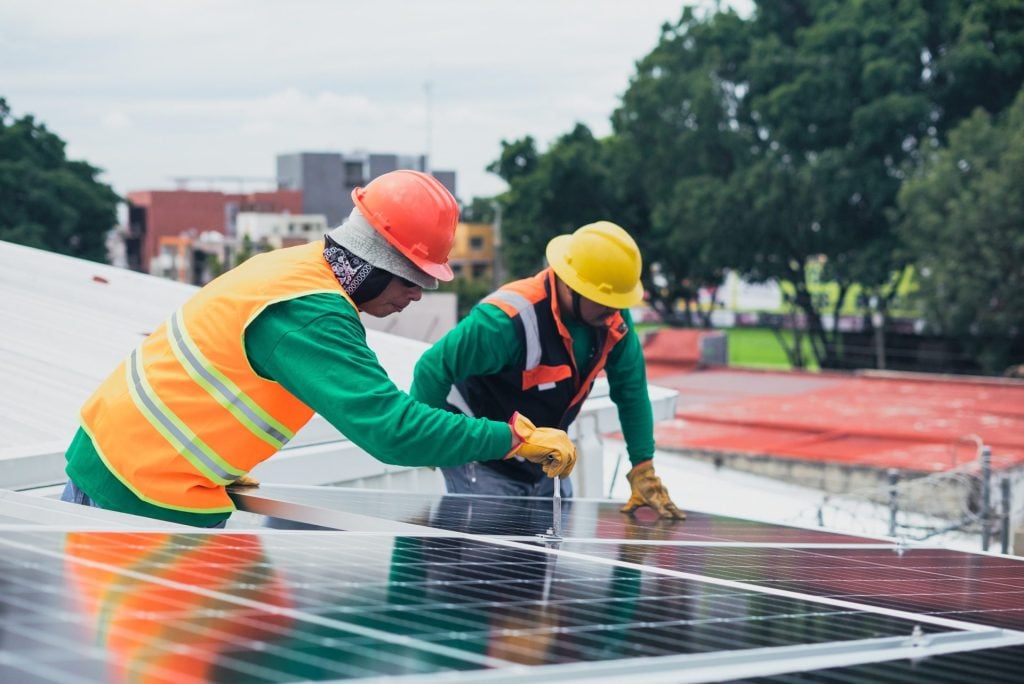
Minimal Maintenance
One of the main drivers of the installation cost is the fees for the professionals to ensure a well-designed solar power system. Again, making the switch to the use of solar power is expensive on the onset. However, if it is done right, the maintenance costs are practically non-existent. There will be no hidden expense apart from the occasional check-ups.
The best thing is that a good solar power system can last decades without any additional costs, as long as it is well taken care of by its owners.
Reduces Demand on Electric Supply
On hotter days, the electricity spending of consumers skyrockets. Households use appliances for longer hours which is understandable due to the unbearable heat every summer. The use of air conditioners, freezers, and refrigerators are needed more than ever which causes the whole population to become more susceptible to higher electricity costs and occasional power outages.
The use of solar technologies in the Philippines is a huge help to the majority of people as it can help in reducing the demand for electricity supply. The use of solar energy—an abundant and infinite resource—is a great promoter of energy independence and security for every household.
Environment-Friendly Option
Having a solar home contributes to powering the world sustainably by steering clear of fossil fuels, which is mainly used for electricity. Solar energy is one of the cleanest energy sources. It has low environmental impact and it is guaranteed to help reduce carbon emissions which collectively will leave a positive impact on the environment.
More than ever, the threat of climate change looms over the world. Making the switch to solar energy is a good step towards the healing of our environment.
Some Disadvantages of Using Solar Power
Of course, there are also disadvantages in relying only on solar energy. While there is a generous amount of sunlight in the Philippines, there are also overcast days which might go on for days so the solar panel system might be useless on such days.
Also, the steep solar panel costs for each household is by far the biggest obstacle that homeowners face in making the switch. Buying the materials and the cost of installing an entire solar power system is known to be expensive which is mainly driven by the prices of raw materials like silicon for solar panels and lithium for solar batteries.
The Cost of Installing a Home Solar Power System
Due to the inflation crisis that is affecting the entire world, people are becoming hesitant to make big expenditures unless it is a necessary purchase for the present. Although, looking at the advantages of using solar power that is clearly outweighing its disadvantages, it actually translates to greater savings and more long-term benefits for the future.
In fact, it is no longer the issue at hand. Most people know that the use of a solar power system is great. Now, the biggest factor that affects the decision to install it in every household is the cost of installation. How much is a solar panel in the Philippines? And who can afford it?
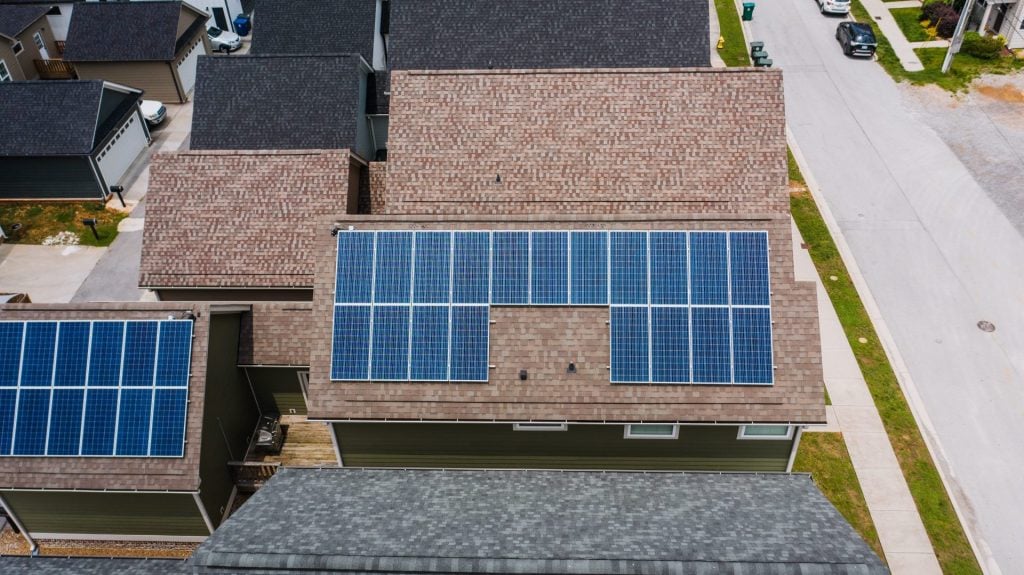
Considerations Before Installation
The final installation cost of a solar power system for one’s household varies depending on several factors.
- Location where the solar panels will be installed (Ground, Roof, etc.)
- Roof type (Metal, Tiled, Wooden, etc.)
- Structural capacity
- Shape, tilt, mounting system, etc.
It is best to inquire with several suppliers or solar installation companies within your area. Usually, purchasing a solar power system includes the cost of the product design, supply, installation, and maintenance. In the Philippines, an average full installation cost will range from ₱200,000.
This is an estimate from this breakdown:
- ₱100,000 for the solar panels cost
- ₱50,000 for the installation cost
- ₱50,000 for the net metering application with distribution utility
Conclusion
The use of solar energy is widely known for its benefits. The cost is not so affordable but for those who can afford this initial expense, it is a wise investment that offers long-term savings. With today’s fast-paced technology, we will surely see a world where the ability to use such an effective system will be made more accessible and affordable to many.
Suggested Read: Sustainability In Glass Houses: Reducing Energy Costs in the Summer
Suggested Read: Guide To Having Solar-Powered Homes In The Philippines
Suggested Read: Sustainable Design that Won’t Ruin Your Home’s Charm
Suggested Read: Saving Electricity In Condo During Summer
Suggested Read: Home Improvements For your Portofino Home





